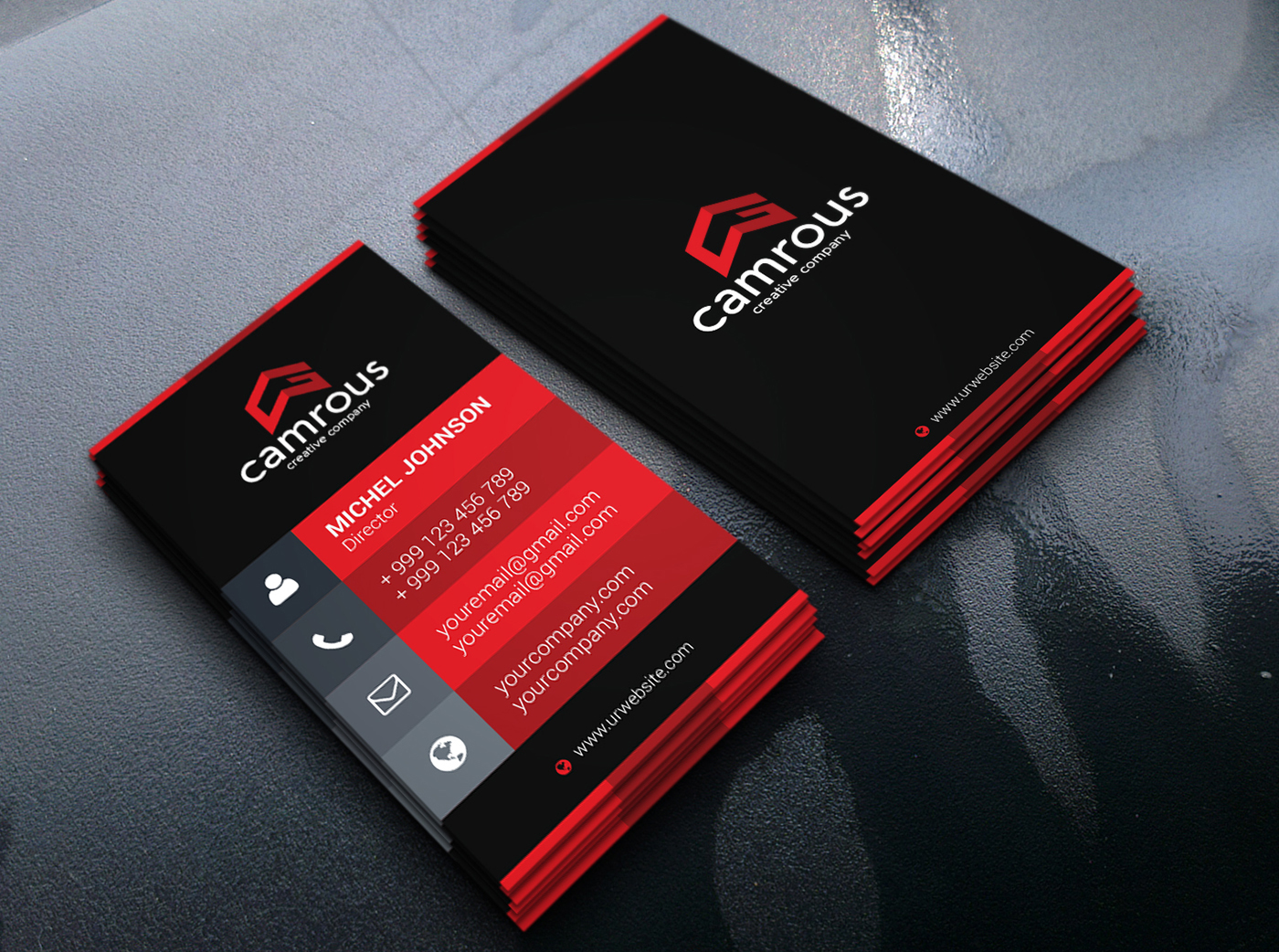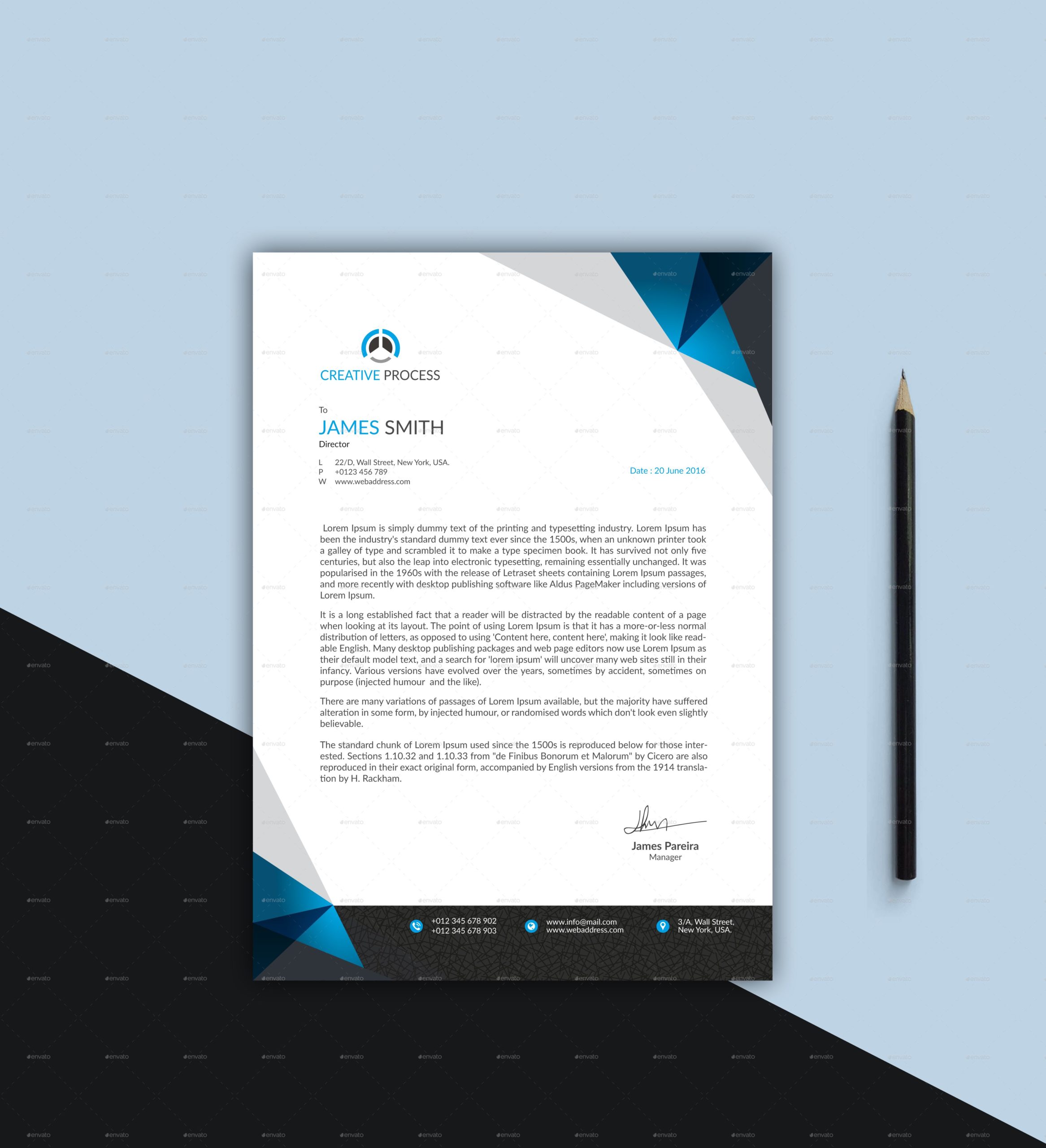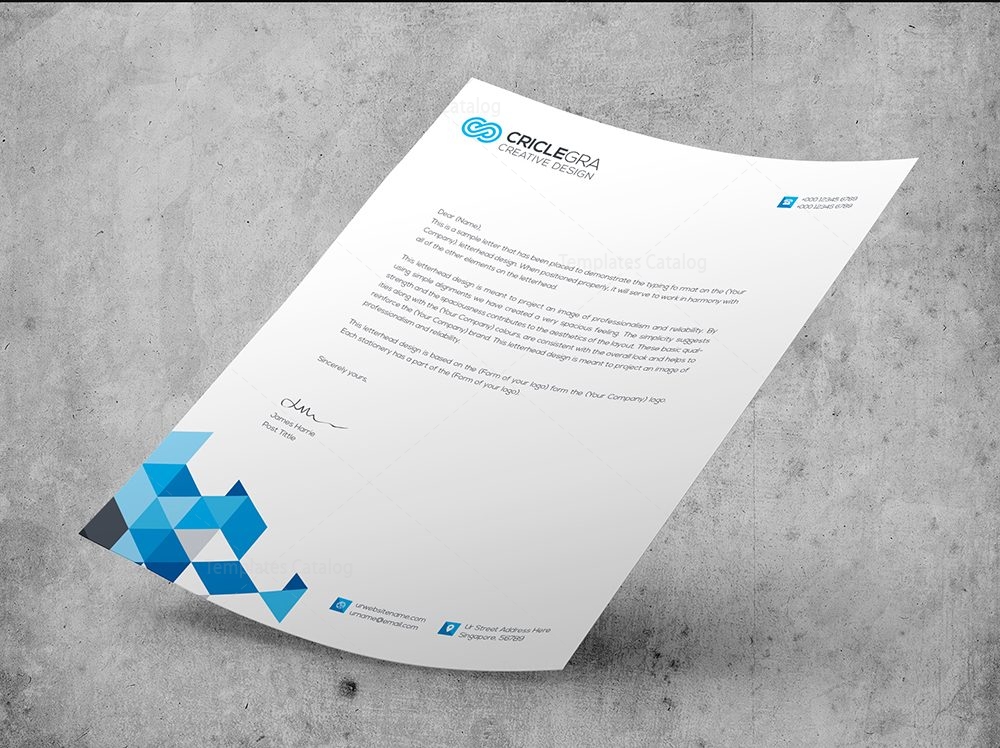
When it comes to professional branding, having business cards and letterheads is absolutely crucial. These two tools are often the first impression potential clients or partners have of your business, and can speak volumes about your professionalism and attention to detail. In this comprehensive article, we will delve into the importance of business cards and letterheads, exploring their benefits, design tips, and how they can enhance your overall marketing strategy. So, let’s get started!
The Importance of Business Cards and Letterheads

Making a Memorable First Impression
In a world increasingly dominated by digital interactions, the importance of tangible marketing materials cannot be overstated. Business cards and letterheads provide a physical representation of your brand and serve as a lasting reminder of your encounter. By having a well-designed business card and a professional-looking letterhead, you establish credibility and leave a positive impression on clients, potential partners, and stakeholders.
Enhancing Professionalism and Brand Consistency
Businesses, whether large or small, need to maintain a professional image to attract and retain customers. Business cards and letterheads play a vital role in achieving this. By incorporating your logo, colors, and brand elements, these materials create a cohesive and consistent representation of your brand across different touchpoints. This consistency helps build brand recognition and instills confidence in your audience.
Facilitating Networking and Contact Exchange
Business cards are essential tools for networking. They provide an easy and efficient way to exchange your contact information, even in the digital age. Having a well-designed business card not only makes it easier for people to reach out to you but also encourages conversations and creates opportunities for future collaborations. Remember, in an age where digital communication can sometimes feel impersonal, a physical business card adds a personal touch to any interaction.
Conveying Professional Communication
While many business interactions have shifted to email, having a professional letterhead remains crucial for certain situations. Official correspondence, contracts, and other important documents demand a touch of formality that can be effectively conveyed through a customized letterhead. Your letterhead showcases your attention to detail, professionalism, and commitment to excellence in every communication.
Designing Business Cards: Tips for Success

When designing your business card, there are several key factors you should consider to ensure it accurately represents your brand and captures attention. Here are some tips to guide you through the process:
1. Keep it Simple and Concise
Your business card should be clean, uncluttered, and easy to read. Include only essential information such as your name, job title, contact details, and company logo. Avoid overcrowding the design with excessive text or unnecessary graphics. Remember, simplicity and clarity are key.
2. Incorporate Your Brand Elements
To maintain brand consistency, use your company logo and colors on your business card. Ensure the font and design reflect your brand’s personality and image. By aligning your business card with your overall branding, you create a cohesive visual identity that leaves a lasting impression.
3. Choose the Right Size and Shape
Standard business card dimensions are 3.5 inches by 2 inches, but don’t be afraid to experiment with different shapes or sizes to stand out from the crowd. However, keep in mind that unconventional shapes may not fit easily into wallets or card holders. Strike a balance between creativity and practicality.
4. Opt for High-Quality Materials
Investing in high-quality cardstock and finishes can make a significant difference in the perceived value of your business card. Consider finishes such as matte, gloss, or spot UV to add texture and appeal. Don’t forget to choose a thickness that feels substantial, as it conveys durability and professionalism.
5. Don’t Neglect the Back of the Card
While the front of the card is undoubtedly the most important, don’t overlook the back. You can utilize this space to share additional information, showcase a captivating tagline, or even include a QR code for easy access to your website or portfolio. A well-designed backside adds an extra touch of professionalism.
Crafting Professional Letterheads: Best Practices
Designing an effective letterhead requires attention to detail and adherence to certain best practices. Here’s what you need to consider when creating your letterhead:
1. Include Key Information
The letterhead should prominently feature your company name, logo, address, contact details, and website. Ensure this information is well-organized and legible. Consistency in font styles and sizes is crucial for a polished and professional appearance.
2. Pay Attention to Typography
Choose fonts that align with your brand’s aesthetic and convey professionalism. Consider using a combination of fonts, such as a classic serif for headings and a clean sans-serif for body text, to add visual interest. Remember, legibility is paramount, so avoid overly intricate or unreadable typefaces.
3. Add Visual Elements
To enhance your letterhead’s appeal, incorporate visual elements that align with your brand identity. This can include patterns, borders, or even subtle textures. However, exercise caution to ensure these elements do not overwhelm the primary content of your letterhead.
4. Select Appropriate Colors
Use your brand’s color palette to infuse your letterhead with visual harmony. Choose colors that communicate the tone and personality of your brand while ensuring they remain legible. Consistency in color choices across multiple marketing collateral helps reinforce brand recognition and cohesion.
5. Mind the Margins and Alignment
Ensure proper margins and alignment for a professional and polished look. Consistent spacing and alignment of text and graphics contribute to a well-structured letterhead. Pay attention to every detail, as any misalignment or inaccurate spacing can detract from the overall professionalism of your letterhead.
Conclusion: Transforming Branding with Business Cards and Letterheads

Business cards and letterheads are indispensable tools for effective branding and professional communication. These physical representations of your brand create lasting impressions, enhance credibility, and facilitate networking. By utilizing thoughtful design principles and incorporating your brand elements, you can craft eye-catching business cards and letterheads that elevate your brand’s image. So, invest the time and effort into creating these essential tools, because when it comes to making a positive, memorable impact, there’s no substitute for the power of a tangible business card and a professional letterhead.
Olivia Reynolds, a marketing maven, is passionate about the impact of graphic design on brand success. Her love for outdoor adventures and travel fuels her fresh perspective on the importance of visual aesthetics in business cards and branding.